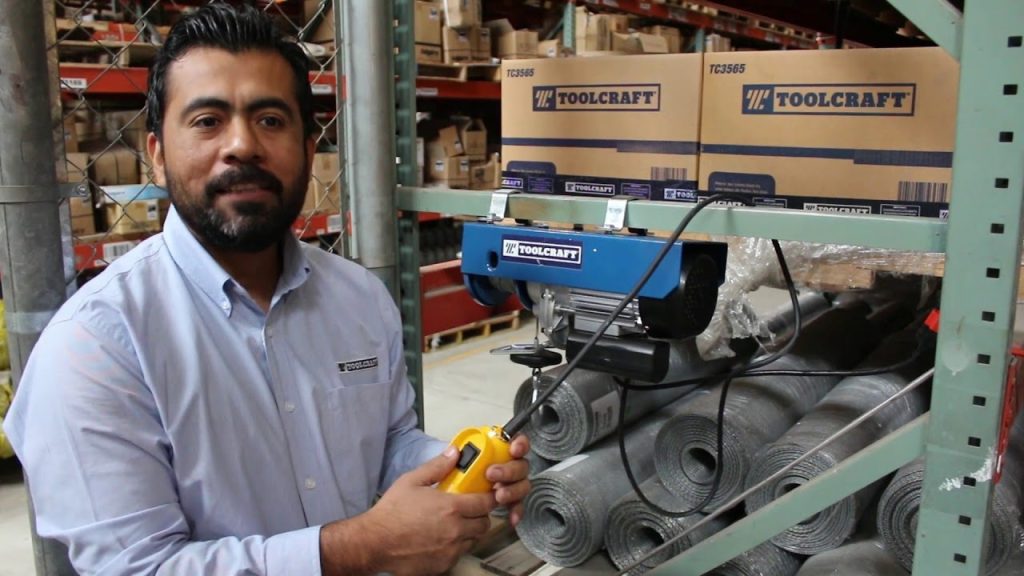Electric hoists have revolutionized the way heavy loads are lifted and moved in various industries, significantly enhancing workplace safety and efficiency. Unlike traditional manual hoists, electric hoists are powered by electricity, enabling them to lift and lower loads with minimal physical effort. This technological advancement reduces the risk of injuries associated with manual lifting, such as strains, sprains, and musculoskeletal disorders. By automating the lifting process, electric hoists not only protect workers from potential harm but also promote a safer work environment, especially in industries like construction, manufacturing, and warehousing, where heavy lifting is commonplace. One of the primary safety benefits of electric hoists is their ability to provide precise control over the lifting and lowering of loads. Many electric hoists come equipped with features such as limit switches, overload protection, and emergency stop buttons, ensuring that operations can be halted immediately in case of a malfunction or an unsafe condition. This level of control significantly minimizes the chances of accidents, such as dropped loads or uncontrolled descents, which can lead to severe injuries or damage to property.

Additionally, the use of electric hoists can streamline the workflow by reducing the time spent on lifting tasks, allowing workers to focus on other critical aspects of their jobs. The efficiency of electric hoists is also evident in their ability to handle heavier loads with greater speed compared to manual systems. For instance, a manual hoist requires significant physical exertion, which can slow down operations and lead to fatigue among workers. In contrast, electric hoists can lift substantial weights with the push of a button, drastically reducing the time needed for material handling. This increased efficiency translates into higher productivity levels, enabling businesses to complete projects more quickly and effectively. Furthermore, electric hoists can often be integrated with other lifting equipment, such as cranes and conveyor systems, further enhancing their versatility and utility in various industrial applications. Beyond their immediate safety and efficiency benefits, electric hoists contribute to long-term cost savings for businesses.
By reducing the number of workplace injuries, companies can lower their insurance premiums and avoid costs associated with worker compensation claims. Moreover, the improved efficiency of electric hoists means that tasks can be completed faster, allowing companies to maximize their output and improve overall profitability. In summary, polipasto eléctrico play a crucial role in enhancing workplace safety and efficiency across various industries. By minimizing the physical strain on workers, providing precise control over lifting operations, and enabling faster handling of heavy loads, electric hoists not only protect employees but also optimize productivity. As industries continue to evolve and seek ways to improve operational efficiency while prioritizing safety, electric hoists will undoubtedly remain a vital component of modern material handling solutions. Embracing this technology can lead to a safer, more efficient, and ultimately more profitable workplace.
